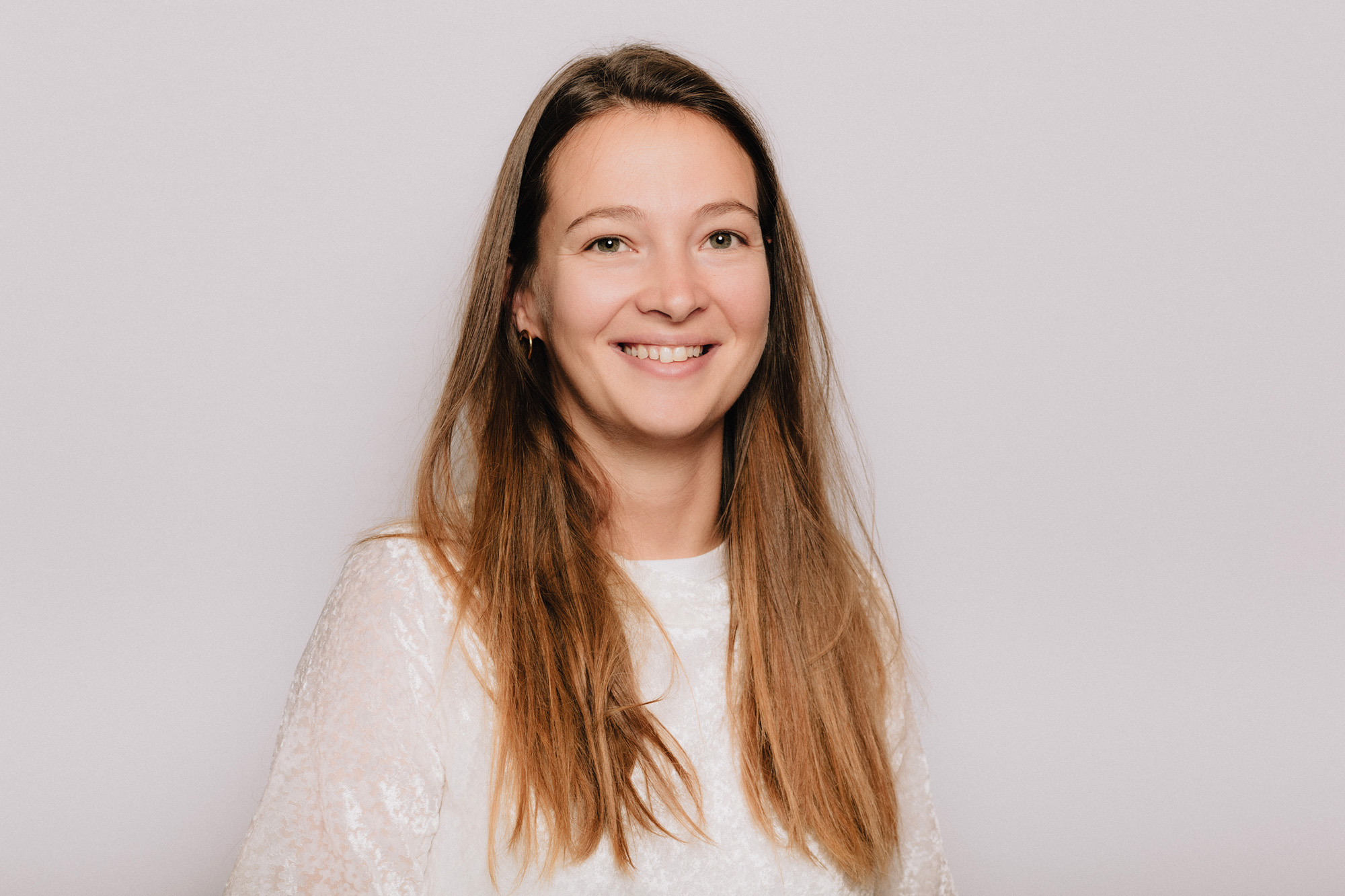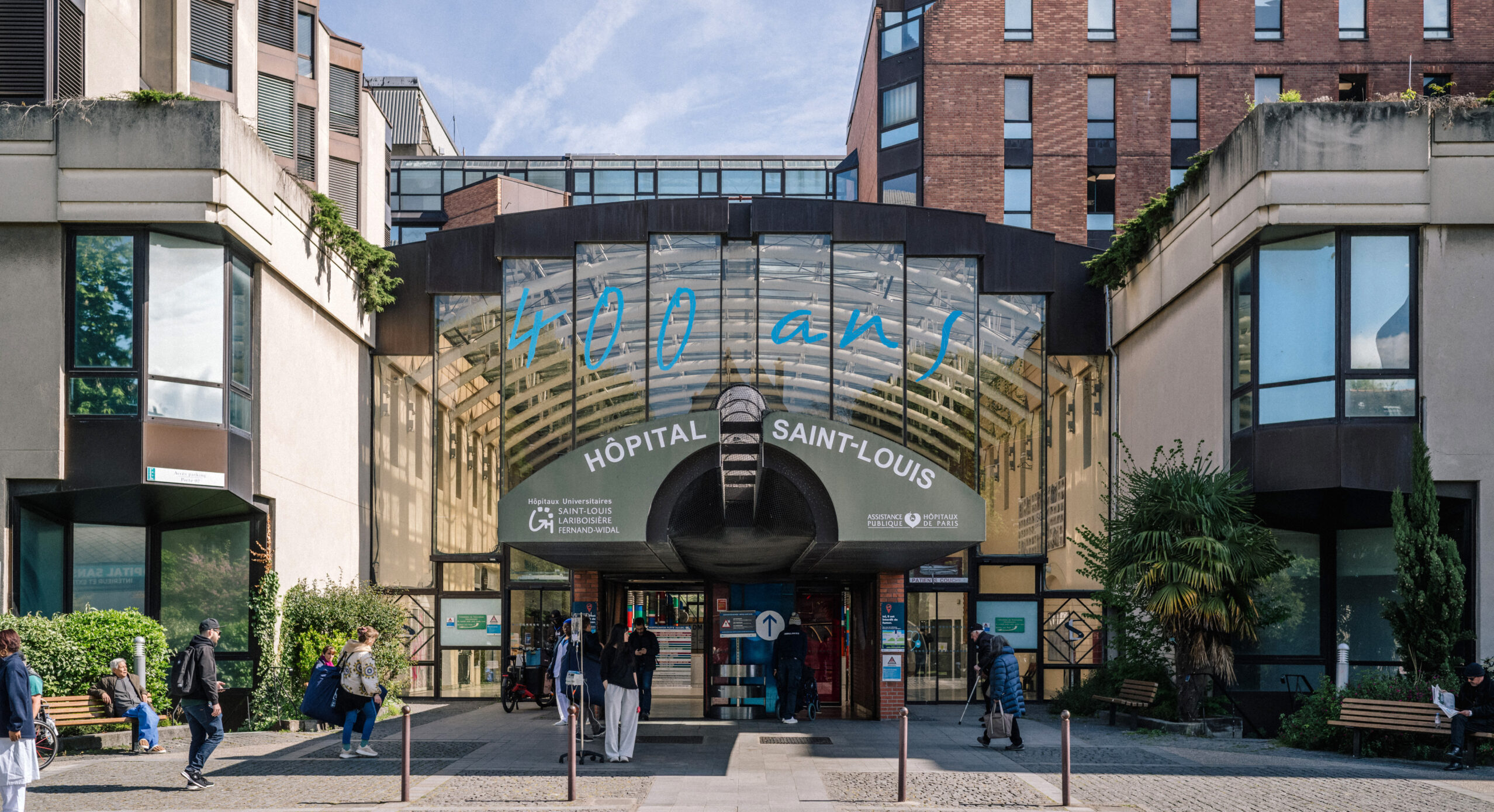- About us
- A new Institute dedicated to combating Leukemia
- Medical-scientific program
- History of Hematology on the Saint-Louis Campus
- Institute Governance
- Press Room
- Contact us
- Our news
- Profile of Valéria Bisio, Research Officer
- Establishment of a Hemato-Oncogenetics Unit
- Profile of Alice Gros, a peer-support patient
- Laureates of the first call for projects of the Leukemia Institute
- Profile of Julien Calvo, researcher
- Support us
- Join us
- You are
- Patients and relatives
- To be cared for and supported
- Become an expert patient
- Discover the Leukemia Institute
- Researchers
- Research
- Clinical trials
- Discover the Leukemia Institute
- Healthcare professionals
- Refer a patient
- Our clinical research
- Discover the Leukemia Institute
- Industry partners
- Discover the Leukemia Institute
- Translational research
- Donors
- Support us
- Discover the Leukemia Institute
- Care
- Patient care
- Being Treated at the Leukemia Institute
- Anti-cancer Treatments
- Supportive Care
- Open Multidisciplinary Meetings
- Our clinical services
- Department of clinical hematology
- Department of adult hematology
- Hematology Transplant Unit
- Department of Pharmacology and Clinical Investigations
- Department of clinical hematology and cell therapy
- Adolescent and Young Adult Unit
- Outpatient Hemato-oncogenetics Unit
- Department of senior hematology
- Department of pediatric hematology and immunology
- Our medical laboratories
- Hematology Medical Laboratory, Michaela Fontenay
- Hematology Medical Laboratory, Jean Soulier
- Molecular Genetics Unit, Hélène Cavé
- Hematology Medical Laboratory, Vahid Asnafi
- Patient Information
- Acute Myeloid Leukemias
- Acute Lymphoblastic Leukemias
- Myeloproliferative Neoplasms
- Myelodysplastic Syndrome
- Anti-cancer Treatments
- Supportive Care
- Psychological Support
- Research
- Our research teams
- Molecular pathology
- Functional precision medicine for leukemia
- Normal and pathological hematopoiesis
- Niche, Cancer, and Radiation in Hematopoiesis
- Population Evolution and Interaction Particle Systems
- Translational Immunology in Immunotherapy and Hematology (TIGITH)
- Identification and targeting of extrinsic regulators of myeloid malignancies
- Lymphoid niches, Chemokines and Immuno-hematological syndromes
- Molecular Mechanisms of Acute Myeloid Leukemia Development
- Chronic Myeloid Malignancies, Microenvironment & Translational Research
- Leukemia & Niche Dynamics
- Genetic and Epigenetic control of Normal and Malignant Hematopoiesis
- Stem cell dysfunction and secondary AML
- Biostatistics and clinical epidemiology
- Our technological platforms
- Our clinical research
Press Room
...Your contact person
Charlotte Bouquerel
Head of Strategic Development
Available to assist you with interview requests, reports, or filming on all medical, scientific, institutional, and event-related topics connected to the Institute’s activities, as an active contributor in the fight against leukemia.
Our press kit
A strong alliance between research and care
Founded in 2023 as part of the France 2030 program, the Paris Saint-Louis Leukemia Institute is a University Hospital Institute that brings together the expertise of several major hospital and academic centers.
Download the PDFEditorial by Professor Hugues de Thé
Since 1607, Saint-Louis Hospital has been an iconic center of French medicine, initially pioneering in the treatment of infectious diseases, then dermatological and hematological conditions.
It was here that some of the major advances in leukemia treatment emerged, such as the discovery of the HLA system—a key compatibility system between transplant donors and recipients—by Jean Dausset, which earned him the Nobel Prize in Physiology or Medicine in 1980.
Despite these advances, significant challenges remain: it is essential to better understand each type of leukemia in order to develop new treatments and improve patients’ quality of life.
Leukemias are aggressive diseases with complex and intensive treatments. Progress requires a deep understanding of the biology of each leukemia type. This precise knowledge of molecular mechanisms enables the development of more targeted, effective, and better-tolerated therapies.
Some forms, such as acute promyelocytic leukemia, illustrate the power of these approaches: the abnormality can be neutralized, leading to rapid recovery. These successes show that leukemias, which often have simpler biology than solid tumors, provide an ideal ground for therapeutic innovation.
But innovation does not always follow a plan. It often arises from unexpected intersections, intuitions, and collaborations. This is exactly what the Institute seeks to foster: an ecosystem where researchers and clinicians work together, in a setting conducive to the emergence of the unexpected.
Research time is not the same as patient time. Years can pass between a fundamental discovery and its clinical application. This gap reminds us of the importance of supporting free, patient, and visionary research. It is within this long-term perspective that decisive advances are born.
reated as part of the France 2030 initiative and the latest IHU call for projects, the Institute brings together the strengths of several major hospital and academic centers: Saint-Louis, Necker, Cochin, Robert-Debré, Avicenne, as well as École Polytechnique, CEA, and ESPCI. Together, we aim to make this Institute an international reference center in the fight against leukemias.
Our mission rests on three inseparable pillars: Caring, by providing treatments tailored to each patient while considering their quality of life; Research, by closely linking fundamental science to clinical practice; and Teaching, by sharing knowledge with the medical and scientific community.
The Paris Saint-Louis Leukemia Institute aims to be a driving force for transformation, capable of supporting innovative projects, showcasing French excellence, and raising public awareness about the challenges of leukemia. It seeks to give renewed visibility to a committed community working daily to improve patients’ lives.”
Pr Hugues de Thé
Director of the Leukemia Institute – Professor at the Collège de France
Publications
The press talks about the Leukemia Institute.
Our focus areas
Leukemia Predisposition Syndromes
Acquired and Congenital Bone Marrow Aplasia
Leukemia Predisposition Syndromes
Acquired and Congenital Bone Marrow Aplasia
The Leukemia Institute in figures
1stLeukemia Treatment and Research Center
16Research Teams
10Clinical Departments
4Medical Biology Laboratories
Our research areas
Axis 1: MECHANISMS
Basic biology
-
Decipher the heterogeneity of leukemias using a multi-omics approach
-
Identify intrinsic vulnerabilities of leukemias
-
Explore the cellular consequences of therapeutic stresses
Axis 2: MICROENVIRONMENT
Stem cells and microenvironment
-
Study cellular interactions between leukemic cells, stroma, and immune effectors
-
Explore the cellular consequences of therapeutic stresses
Axis 3: PRECISION
Therapeutic agents and combinations
- Tester des traitements innovants sur des cellules primaires ou sur des modèles pré-cliniques
- Identifier des combinaisons de traitements prometteuses et valider des biomarqueurs
Axis 4: PREDISPOSITION
Prevention and precision medicine
-
Identify patients with germline predisposing conditions
-
Conduct longitudinal somatic studies
Axis 5: TRIALS
Early clinical trials
-
Develop innovative trials for precision medicine
-
Integrate biological data into clinical trials
Axis 6: CARE
Improving care pathways
-
Implement a post-treatment follow-up program
-
Explore quality of life measures in collaboration with patient associations
Follow our actions by subscribing to the institute's newsletter
- Discover the Leukemia Institute
- Translational research
- Our clinical research
- Clinical trials
- Become an expert patient
- To be cared for and supported
- A new Institute dedicated to combating Leukemia


